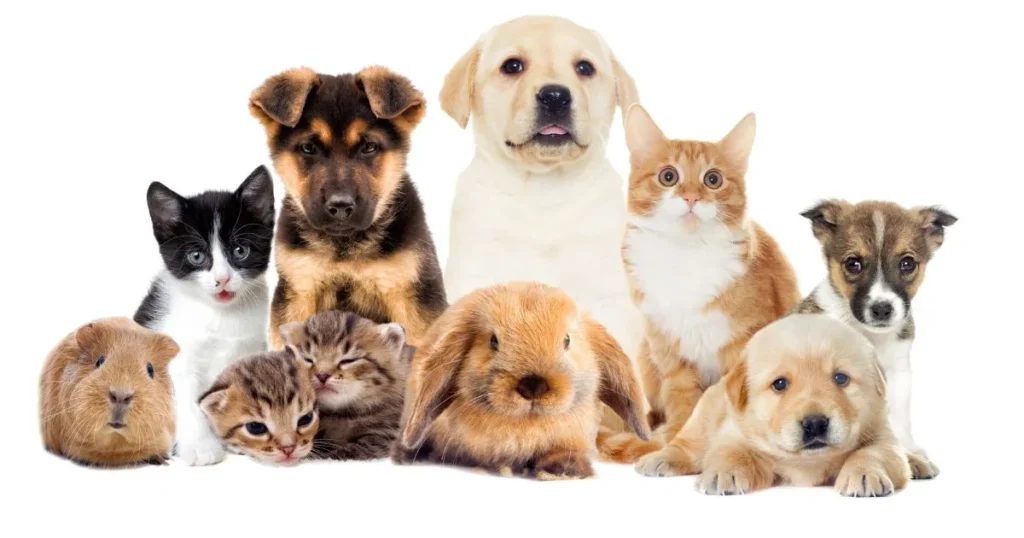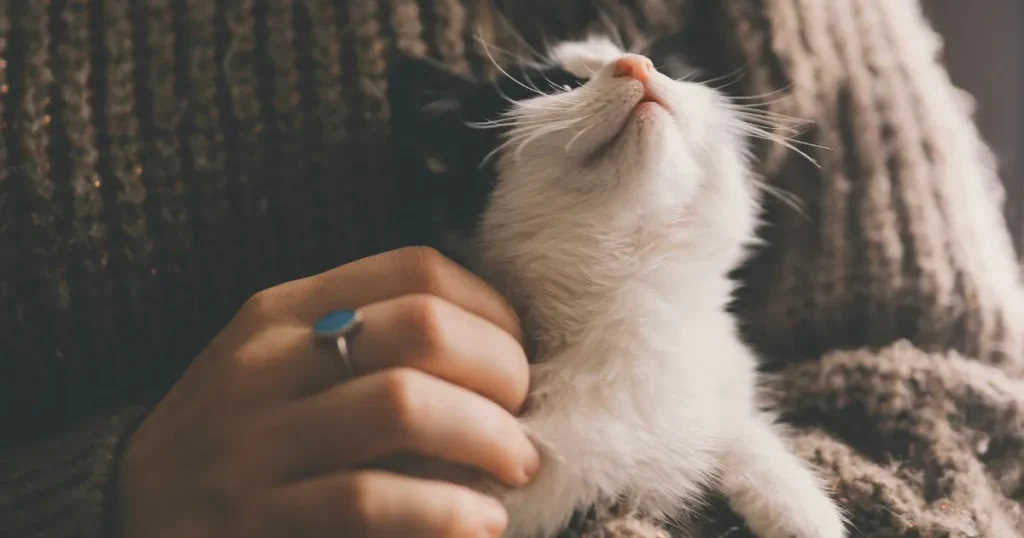
Many pet owners face the challenge of keeping their homes pest-free while ensuring their furry companions remain safe. Pet safe pest control options are available to manage pests without harming pets. These methods prioritize the health and well-being of pets, allowing homeowners to tackle infestations confidently.
Natural solutions, such as diatomaceous earth and essential oils, provide effective alternatives to chemical pesticides. Many products on the market today are specifically designed to be non-toxic, making them suitable for households with pets. Understanding these options is vital for maintaining a healthy living environment.
Taking proactive measures like sealing entry points and storing food properly can further reduce pest problems. By implementing pet-safe pest control strategies, pet owners can create a harmonious home where pets and humans thrive without worrying about harmful chemicals.

Pet safe pest control focuses on protecting pets from harmful substances while effectively managing pest problems. The methods prioritize non-toxic ingredients that minimize animal risk and maintain a safe environment.
When considering pest control, safety for pets is paramount. Pet owners should ensure that any chemicals used are labeled safe for animals. Many pest sprays contain ingredients that can be harmful if ingested or inhaled by pets, making it essential to read product instructions carefully.
Options such as organic pest control or natural repellents can effectively manage pest without risking pet health. Common ingredients in pet-safe products include essential oils and plant-based substances, which are less toxic than synthetic chemicals.
Before applying any pest control product, it is wise to confine pets to a separate area. After application, allowing the treated area to ventilate can further decrease exposure risks. Thorough cleaning of surfaces where sprays were applied ensures safety for curious pets.
Pet safe pest control differs significantly from traditional methods that rely on harsh chemicals. Traditional pest control may use pesticides that are effective against pests but can pose health risks to pets. Many conventional sprays contain toxic compounds, leading to concerns about their safety.
Cat safe pest control typically involves using products designed to avoid feline toxicity. Pet owners must prioritize alternative solutions that still address pest problems efficiently.
Pet safe approaches generally employ integrated pest management (IPM) techniques. This includes preventative measures, like sealing entry points, maintaining cleanliness, and introducing natural predators to manage pest populations effectively. A focus on non-toxic methods can provide a suitable balance between effective pest control and the safety of pets.

Pet owners must find effective pest control solutions that are safe for pets. These methods emphasize using non-toxic ingredients and environmentally friendly practices to protect both pets and homes.
For effective indoor pest control, consider using natural repellents like essential oils. Oils such as peppermint, lavender, and citrus can deter pests without harming pets.
Another option is diatomaceous earth, which is safe for pets and effective against crawling insects. When applying it, choose food-grade diatomaceous earth and sprinkle it in areas where pests are seen.
Traps and barriers can also be useful. Sticky traps are non-toxic and can effectively capture insects. To avoid accidental contact, ensure that these traps are placed out of the reach of pets.
Using organic pest control sprays, made from ingredients like neem oil or garlic, is vital for maintaining a pet-friendly yard. These sprays repel pests without posing risks to pets.
Beneficial insects such as ladybugs and lacewings can help manage pest populations naturally. Introducing these insects encourages a balanced ecosystem and minimizes the need for harmful pesticides.
Creating a safe environment includes regular maintenance like mowing grass and removing debris. Keeping the yard tidy limits pest habitats while allowing pets to roam freely without exposure to hazardous substances.

Selecting the right pest control products for a pet-friendly environment requires careful consideration. Key factors include identifying pet-friendly products and choosing between DIY solutions and commercially available options.
When searching for pet-safe pest control spray and other solutions, it is crucial to read labels thoroughly. Products labeled "non-toxic" or "pet safe" indicate a lower animal risk.
Look for ingredients like:
Avoid products containing pyrethroids or similar chemicals, as these can harm pets. Always check for specific usage instructions to ensure safety during application.
Choosing between DIY solutions and commercially available products depends on individual needs and pet sensitivities.
DIY Options can include:
These methods often use common household items, minimizing chemical exposure.
Commercial Products provide convenient solutions that are pre-formulated to ensure safety. Options may include:
Always check for certification seals or guidelines indicating pet safety before use regardless of the choice.

A pest-free home is essential for the health and safety of pets and humans. Consistent pest control strategies help prevent infestations before they start, significantly improving overall well-being.
Regular inspections of a home can significantly reduce pest problems. Homeowners should check for cracks in walls, gaps around windows, and holes in screens. Sealing these entry points can prevent pests from accessing the indoor environment.
Preventative Measures:
Regularly monitoring for signs of pests, such as droppings or damaged plants, allows for early intervention. Involving professional pet-safe pest control services can bolster these efforts, ensuring that harmful chemicals are avoided and pets remain safe.
Understanding pest behavior can empower homeowners to take appropriate action. Knowledge about the types of pests common to an area enables better preparation and response strategies.
Educational resources may include:
Additionally, involving family members in pest control education ensures everyone knows potential risks. Knowledgeable homeowners can spot issues early and apply non-toxic solutions that ensure the safety of all household members, including pets.

Choosing the right pest control provider ensures a safe pet environment. Knowing what to look for and how to locate these specialized services can greatly influence the effectiveness of pest management in pet-friendly homes.
When searching for a pet safe pest control company, verifying their use of non-toxic, eco-friendly methods is crucial. Ask for specific details about the products they utilize to ensure they pose no risk to pets or children.
Check for certifications and licenses that confirm the company adheres to safety standards. Additionally, read customer reviews online to gauge the satisfaction of previous clients. Companies with strong reputations, like Critter Stop, often highlight their commitment to customer service and quality work. This reputation can be reassuring for pet owners seeking a reliable service.
Finding pet safe pest control near you can involve several effective strategies. Start by conducting an online search. Use keywords like "pet safe pest control companies" and include your location to yield relevant results.
Local community boards or social media groups are also valuable resources for recommendations. Ask for specific experiences to gain insight into potential providers' reliability.
Don’t hesitate to contact companies directly to inquire about their methods and products. For instance, Critter Stop offers comprehensive pest and wildlife removal services and stands out for its excellent reputation. Calling Critter Stop at (214) 234-2616 for a free inspection can be a smart move for addressing pest issues while ensuring pet safety.

This section addresses common inquiries about pet safe pest control methods, safety considerations, and effective solutions for both indoor and outdoor settings. Clear guidance is provided to assist in making informed choices.
Options for pet safe pest control include natural remedies, such as diatomaceous earth, essential oils, and boric acid. Professional pest control services may offer eco-friendly products. Homeowners can also implement non-chemical solutions, like traps and physical barriers.
Many pest control methods are safe for pets when using pet-friendly products. It is important to read labels and follow the manufacturer's guidelines. Keeping pets away during treatment and ensuring adequate ventilation can further enhance their safety.
To locate pet safe pest control, homeowners can search online directories or local business listings. Reviews and customer feedback can provide insights into service providers. Additionally, contacting local veterinarians may yield recommendations based on reliable practices.
Best practices for cat safe pest control indoors include using sticky traps, food-grade diatomaceous earth, and plant-based insect repellents. Maintaining cleanliness reduces attractants, and sealing entry points helps prevent infestations. Essential oils, such as peppermint, can deter pests without harming cats.
Effective pet-friendly pest control products often include natural insecticides, such as neem oil or botanical sprays. Certain traps designed for specific pests are also useful. Reading product reviews and considering the pest type can help select the right solution.
Choosing pet safe indoor pest control involves checking for labels that specify non-toxic ingredients. Researching product safety ratings and considering recommendations from veterinary sources can help. Selecting sprays and concentrates labeled as safe for pets also minimizes risk.
Reliable pet-friendly pest control options for yards include utilizing beneficial insects, such as ladybugs or lacewings. Organic herbicides and insecticides can reduce chemical exposure. Creating habitats for natural predators encourages a balanced ecosystem, effectively deterring pests.
For outdoor pest control, sprays containing natural ingredients like garlic, vinegar, or essential oils are often safe for pets. Checking product safety certifications ensures that the spray is effective yet non-toxic. Manufacturers often highlight the pet safety features on their labels.
Pet safe pest control sprays can be effective against common pests, but results may vary. Effectiveness often depends on the specific pests targeted and the ingredients used. Consistent application and combining methods may enhance success rates.
Key features to look for in pet friendly yard pest control include biodegradable ingredients and clear safety instructions. Consider products that specifically state their safety for pets. Choosing methods with a low chemical impact helps maintain a healthy outdoor environment.
Numerous pest control companies offer services focusing on humane removal methods. These companies emphasize safe, non-lethal techniques, such as trapping and exclusion. Researching local businesses and checking their certifications can identify those with humane pest management practices.
Pest sprays formulated with non-toxic ingredients can be safe for pets. Homeowners can verify safety by reading product labels and looking for certifications from reputable organizations. Consulting with pest control professionals can also provide additional assurance of product safety.
Visit our Critter Library and learn more about our furry friends